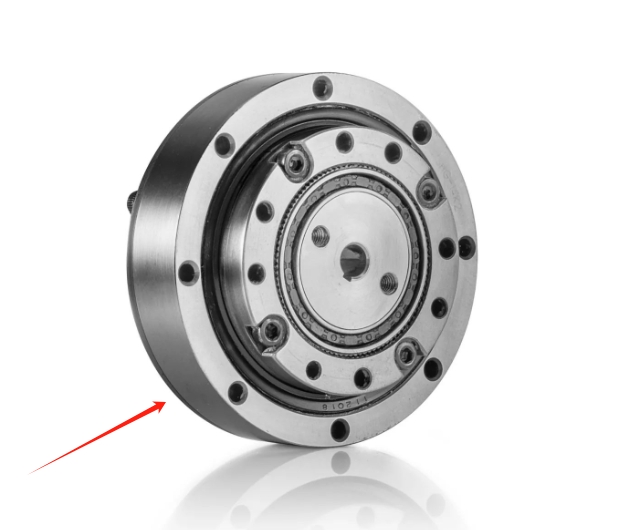The reducer, also known as a gear reducer, plays a crucial role in the field of robotics. As a college student delving into robotics, understanding the functionality and significance of this mechanical component is essential. The primary purpose of a reducer is to reduce the speed of a motor's output while increasing its torque, allowing for precise and controlled movements. By employing gears, the reducer effectively converts the high-speed, low-torque input from the motor into a lower-speed, higher-torque output that is necessary for various robotic applications.
Integrating a reducer into robotic systems unveils numerous advantages, especially in terms of manipulating heavy loads and achieving precise movements. College-level knowledge in robotics entails understanding that certain robotic tasks, such as lifting heavy objects or performing delicate tasks, require increased torque. The reducer enables this force multiplication by effectively altering the motor's output characteristics, providing the necessary strength to manage heavier payloads. This enhanced torque allows robots to accomplish tasks with greater efficiency and reliability, making them indispensable in manufacturing, assembly, and even medical applications.
Moreover, the careful selection and sizing of reducers exemplify the intelligence behind utilizing them in robotics. College students exploring robotics must comprehend the intricate process of finding the ideal gear ratio. This involves considering factors such as the desired speed and torque requirements of the task at hand, as well as the limitations and specifications of the motor being utilized. An intelligent design, catered to the specific robot's needs, can significantly optimize its performance by skillfully combining reducers with motors, ensuring seamless cooperation within the system.
Furthermore, the comprehension of how reducers function within the realm of robotics extends beyond the basic mechanical aspects. College students studying robotics focus on the integration of reducers with other components, such as sensors and control systems, to bring about automation and autonomy in robots. The understanding of how to synchronize the reducer's output with the overall robotic operations allows for improved accuracy and precision. This synchronization demands an astute comprehension of robotics fundamentals, including programming and system dynamics, to seamlessly integrate the reducer's effects on torque and speed into the larger robotic framework.
In conclusion, the reducer's role in robotics cannot be understated. As college students exploring the field of robotics, recognizing and appreciating the intelligence behind its utilization is essential. Understanding the functionality, advantages, and integration of reducers within robotic systems showcases a depth of comprehension that can unlock new possibilities in this rapidly developing field. With a comprehensive understanding of reducers, college students can further enhance their knowledge of robotics, contributing to advancements in various industries and paving the way for future robotic innovations.



No comments:
Post a Comment